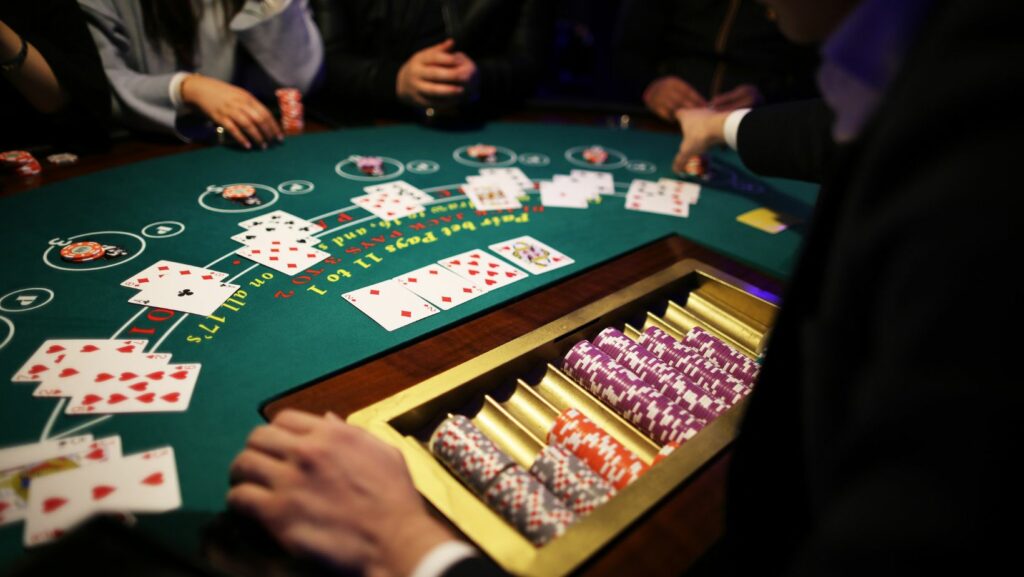Game design is something most players never think about. But it’s what makes a game fun, sticky, or… just plain dull.
Over the years, I’ve listened to a bunch of game designers – some talks, some podcasts, and a couple of casual chats at industry events. Below, I’ll share the best lessons I picked up.
Observing these design principles in action becomes easier when you have access to diverse game libraries. Rollero Casino showcases exceptional game curation with titles from leading developers, demonstrating how proper game selection and user experience design create engaging platforms that keep players satisfied long-term.
7 Gambling Lessons from Behind the Scenes
1. Simplicity Wins More Players
One thing the pros say again and again? Simplicity works.
The more buttons, choices, or complex features you throw in, the faster new players drop off.
Look at Starburst. It’s been a top slot for years. Why? You hit spin, bright colors flash, and you either win or lose. That’s it. No weird rules to learn.
I’ve played plenty of “feature-packed” games where I spent 10 minutes figuring out what’s going on… and then closed the tab. If I do that, you can bet casual players do too.
2. The First 10 Seconds Matter
First impressions count, and a lot more than most players think. I heard this from a designer at a big studio: “If the player isn’t smiling in the first 10 seconds, you’ve probably lost them.”
Think about it. A catchy sound. A smooth animation. A clear first spin. You want to feel pulled in fast.
I’ve tested games where the load time dragged or the intro felt clunky. Even if the game was good, I didn’t stick with it. Now I always notice which games get that hook right.
3. Fairness and Transparency Build Trust
Players can smell a dodgy game. Designers know this.
That’s why top games show clear paytables and odds. Nothing is buried. You can check what symbols pay and how features work.
When I test games, I click through the info screens first. If they’re missing, unclear, or weirdly hidden, that’s a red flag.
4. Player Flow Beats Fancy Features
I used to think more features = better game. I was wrong.
A designer once told me, “It’s about rhythm, not features.” A good game has a flow – you spin, small wins pop, bigger hits tease, bonuses come at the right time.
Some games overload you with stuff. You feel lost. The pacing’s off. It’s exhausting.
But games like Big Bass Bonanza? They have a simple flow and great timing and are super satisfying to play. That’s a smart design.
Understanding game design also helps when exploring different formats, with educational platforms like slot 99 allowing players to analyze various design approaches across multiple game types without financial pressure.

5. The Psychology of Small Wins
Small wins keep players happy. One designer explained it like this: “You want a steady pulse of small wins to keep engagement up.”
I’ve felt this myself. If you go 50 spins with nothing, you lose interest fast. But if you’re seeing 2x or 5x wins every few spins, even tiny ones, it keeps you going.
Next time you play, notice how often you get small hits. Good designers balance this really carefully.
6. Themes That Resonate Drive Loyalty
Themes aren’t random. Top studios do deep research on what players like.
A pro I know said, “We spend months testing themes and art direction. It’s not about what looks cool to us – it’s what players connect with.”
For me, games with fun, relatable themes pull me in more. Sweet Bonanza is silly but works. Book of Dead hits that adventure vibe.
If a theme feels forced or weird, I usually bounce after a few spins. The pros know this and design accordingly.
7. Testing, Tweaking, and More Testing
Great games are tested like crazy. One specialist joked, “A game isn’t done until we’ve played it a thousand times and still want to play again.”
They watch test players. Track data. Tweak spin speeds, sound effects, bonus hit rates… everything.
When a game feels “polished,” that’s why. I’ve played plenty of unpolished ones too – buggy, slow, poorly balanced. Now I can usually tell which studios test hard and which cut corners.
Design Smarts You’ll Spot Next Time You Play
Since I learned these lessons, I see game design differently. When I try a new game, I notice if it hooks me fast. If it flows well. If small wins are paced nicely. If the theme clicks. If the info is clear.
You’ll start spotting these things too. Next time you spin, pay attention. Good design is built for fun by pros who know exactly what they’re doing.



